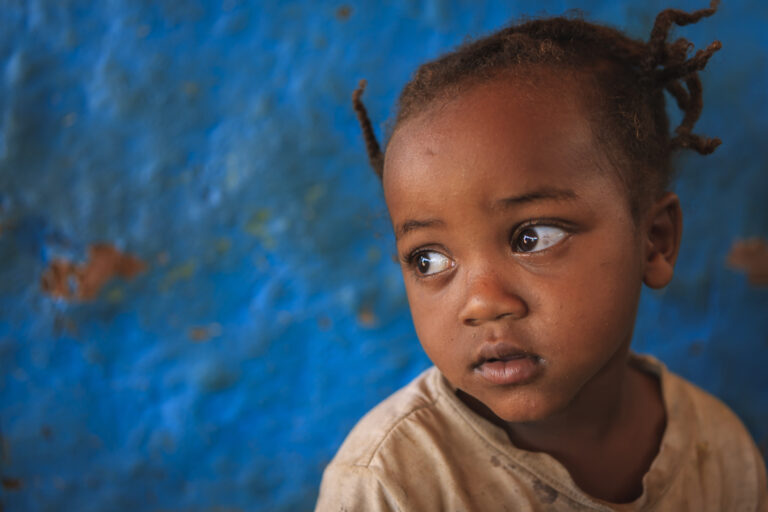The population controllers should get their stories straight. After the US Congress last year cut off UNFPA’s funding, that agency’s highly paid flaks (er, public relations specialists) stayed up nights imaging their way back to the US Treasury.
Thereafter appeared a spat of stories praising China for loosening up its controls on child bearing. The New York Times was among those media outlets who fell for this one, publishing a piece by Elizabeth Rosenthal amusingly entitled “For One-Child Policy, China Rethinks Iron Hand.”
It opens, “China’s family-planning system, notorious for the harsh rules and punishments it employs in its quest to limit births, has quietly started urging its workers to soften their approach, hoping to improve its often tense relationship with Chinese women.”
The principal source for the stories was Chinese officials, who claim that in a “small number of counties they have eliminated the onerous system of permits for pregnancy and quotas giving women far greater choice in deciding when to have a child and somewhat more leeway in deciding how many children to have.” (No such model counties are named, nor is an exact number of “coercion-free counties” given.)
Given that the Chinese State Family Planning Commission officially denies that China even has “pregnancy permits” and national and local “quotas,” this is a pretty astounding admission. Others follow. Unnamed officials are quoted as saying that they “hope to achieve [their targets] not by fiat and coerced abortions, but through a broader women’s-health system that discourages large families through patient education, contraceptive choice and heavy taxes for couples who choose to have an additional child.”
The Commission has even, we are told, “issued regulations prohibiting grass-roots family-planning workers from forcing women to undergo abortions or sterilization.” Given that China has been brutally sterilizing and aborting women against their will for almost two decades, the Commission’s response is, to say the least, belated.
The piece ends (surprise!) with a plug for the UNFPA, which she says has “helped the commission put together similar programs in 32 counties — an act that has prompted Congress to withhold financing for the agency.” But, as Rosenthal surely knows, it was the UNFPA’s involvement in a program of forced abortions that led Congress to cut funding (New York Times, l November 1998). Before peddling its story about a kinder, gentler one-child policy, somebody should have checked with the Chinese government. The UNFPA may have sold its hopeful new take on China to the media, but recent indications of a crack-down on births abound:
- On 29 September 1998 the Chinese government announced new rules aimed at enforcing its population control policy more strictly among the 100-million-strong “transient” population. The new regulations, which took effect on l January 1999, require local governments to check marriage and family status of transients, provide contraceptives and other birth control services, and deal with those who violate regulations. (Agence France Presse, 20 September 1998)
- In late October 1998, Guangdong province tightened restrictions on the size of rural families. Rural couples, who were originally permitted to have two children, can now only have one if the first is a boy. If the first-born is a girl, or disabled, or if the child belongs to one of another six special categories, the parents may be able to have a second child subject to strict conditions and official approval. The revised Family Planning Ordinance also places harsher penalties on offenders. (Peter Yu, “Guangdong Cracks Down on Population,” South China Morning Post, 22 October 1998)
- In early November China launched an extensive campaign to promote later marriages and childbirth. Yang Kuifu, vice-minister of the State Family Planning Commission, was quoted as saying “China will witness over 20 million births annually during the [coming years] even if fertility rate of Chinese women is strictly controlled at two children .… Therefore, controlling population growth will be at the top of the agenda for [a] long period of time to come.” (Agence France Presse, “Population Control Measures Upped for Anticipated Baby Boom,” 4 Nov 1998)
Enough said.










